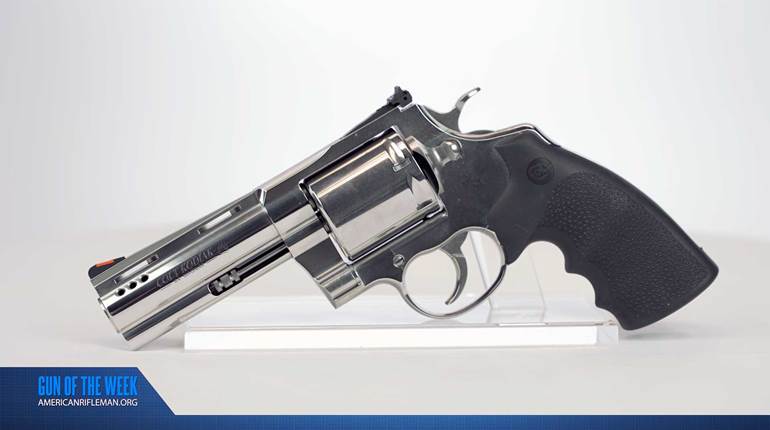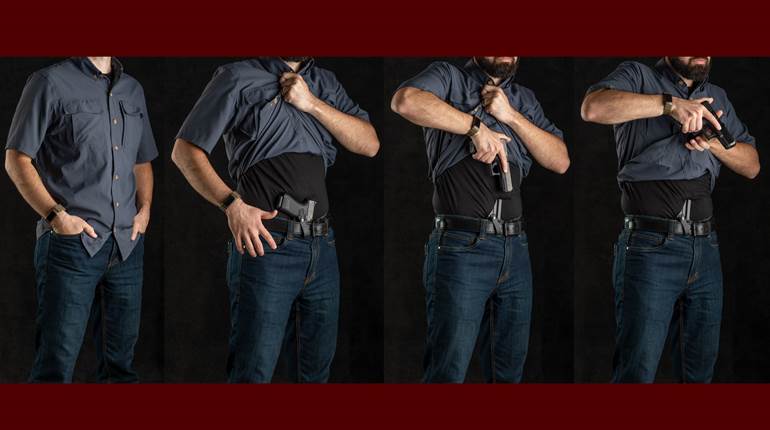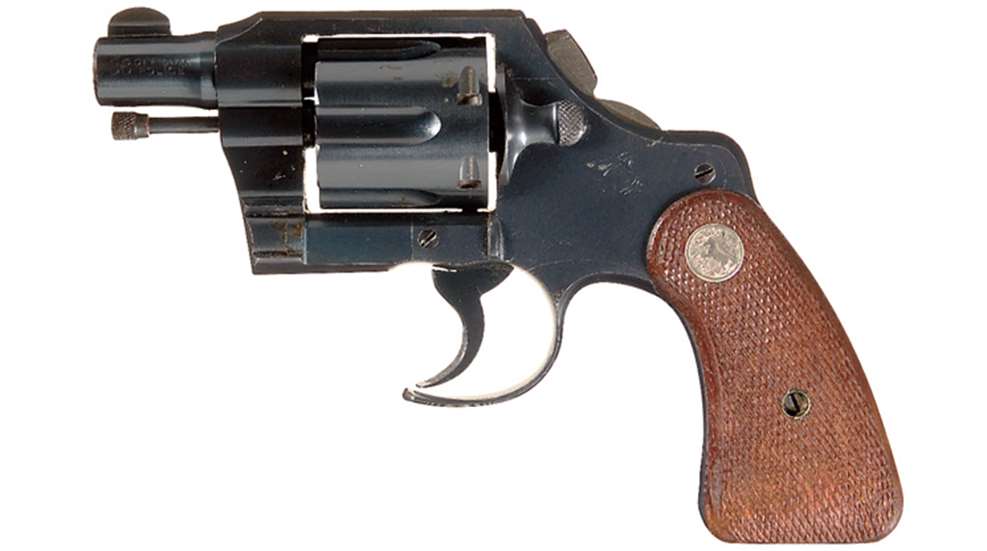
Image: One of the “FitzGerald Special” Colt New Services authenticated the book, Colt New Service Revolvers, is No. 335402 that was destined for the Des Moines Police Dept. in Iowa.
One of the most interesting gun guys from the years before World War II was a fellow named J.H. FitzGerald. Fitz, as he was called, worked for Colt Firearms from 1918 to 1944. He worked at gun design for the company, represented Colt and repaired guns at the major shooting matches, and put on exhibitions of fast draw ... using Colt handguns, of course. His most interesting contribution to defensive handguns was his development of the Fitz Special. 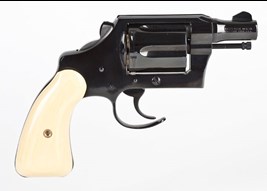
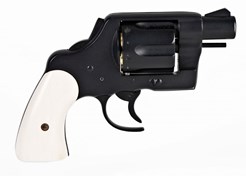
Images courtesy Bob Boyd, Shooting Illustrated
Sometime around 1925, Fitz decided to customize the Colt Police Positive, .38 Spl., by shortening its 4” barrel to 2”, rounding off the square butt, and installing a new front sight. He also bobbed the hammer spur so that it would not snag on concealing clothing during the draw. But the most noticeable custom job was that he also cut off the front half of the trigger guard.
Now I'm not sure that Fitz came up with the idea of cutting off the trigger guard all by himself. I have seen very early Colt single actions that had been given the same modification. Some liked it because they believed it allowed faster access to the trigger in a quick-draw situation. Others thought it was a good idea because they could run their gun while wearing gloves in cold weather. Regardless of the reason, it became the easily identifiable mark of the Fitz Special. 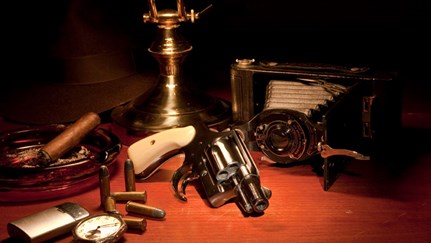
FitzGerald made up a pair of Colt Police Positive revolvers for concealed carry. But he didn't stop there. He also modified a pair of Colt New Service revolvers, in .45 Colt, in the same manner. I am told that Fitz carried one pair, or the other, every day for his own personal defense. He also used the guns in his popular shooting exhibitions and many other shooters decided to have their defensive revolvers modified in the same manner.
Colonel Charles Lindbergh is reported to have carried a Fitz Special in .38 Spl. Charles Askins is known to have had several Colt New Service revolvers similarly modified, in .38 Spl, .38/40, and .44/40, during his years with the Border Patrol and, later, during his service in World War II. Texas Ranger Captain M.T. “Lone Wolf” Gonzaullas had a pair of highly engraved Colt 1911s with the trigger guards cut off, as well as a pair of Smith & Wesson revolvers in .44 Spl.
FitzGerald only performed these modifications on Colt revolvers, so far as anyone has been able to find out. And it is quite difficult for today's collector to identify a gun that was actually modified by FitzGerald due to the lack of information in the Colt records. Undoubtedly, many other gunsmiths of that era copied the technique and delivered “Fitz Specials” to their customers. Interestingly, it was Fitz cutting the barrels to 2” and rounding the butts that eventually led Colt to introduce the popular Colt Detective Special. 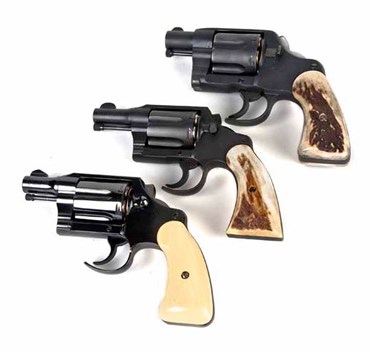
Now, let me be very clear, I don't think that cutting off the trigger guard is a good idea. In fact, it could be dangerous due to the fact that the role of the trigger guard is to protect the trigger from unintentional discharges. My advice is ... don't do it.
In addition, Border Patrol exhibition shooter Bill Jordan showed us that it wasn't necessary. Bill had hands the size of the paws on a young grizzly and did some great speed work without having to thus butcher the trigger guard on his revolvers.
For all that, I find the Fitz Special to be a very interesting defensive handgun. It harkens back to the days of those pre-war gunfighters who fought gangsters and outlaws. One of these days, I am going to have a Colt Detective Special done up as a Fitz Special ... not to carry for personal defense, but just to add to my collection as a memento of the gunfighters of that great generation. Besides that, I'll just bet that old FitzGerald was a real corker and a man worth knowing.
Additional Reading:
The Fitz Special
Perfect Fitz













